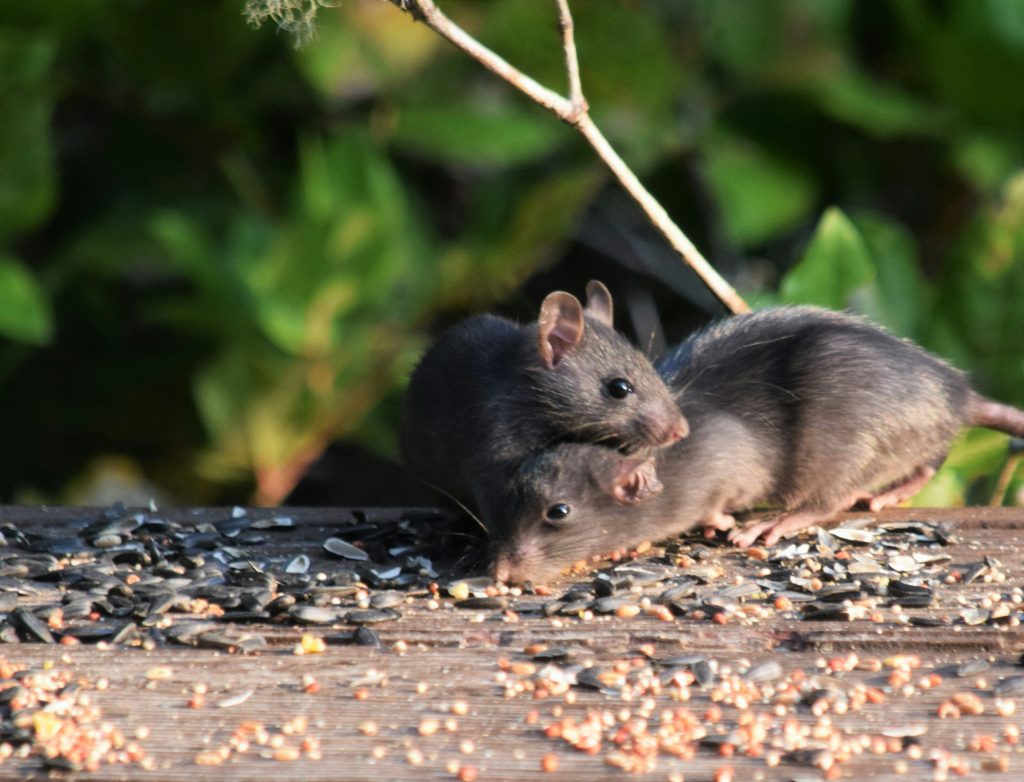Hundreds of thousands of UK residents could be at risk of unwelcome animals swimming up their toilet pipes, unless they use specific products to protect them.
According to experts from MyBuilder.com, the reliable way to hire tradespeople, pests such as rats are easily able to swim up pipes into your toilet, if your system is not fitted with a “non return” valve. The valve is inexpensive to buy and can easily be fitted by a professional, to both older clay pipes and more modern plastic ones, as long as there is access to pipes inside the manhole. It works by closing the pipe with a flap once waste has passed through it, ensuring nothing else can travel through the pipes. Drain grates can also be useful in preventing rodents accessing your pipes. Older homes, particularly Victorian age and older, are most likely to not have a non return valve fitted, making them most susceptible to problems.
This product should also stop creatures such as snakes finding their way into your toilet bowl – a rare but possible scenario. In fact, in 2023 a woman in Solihull was shocked to find an unknown species of snake in her toilet bowl.
While it may sound like something out of a horror film, rats using pipework to gain access to your home via a toilet is not unusual. In fact, the renowned publication National Geographic published a video showing exactly how easily rats can gain access to your toilet. For anyone who is suffering with rodents in their house and who aren’t able to find out how they are getting in, checking the toilets is a good idea.
However, in order for any creature to be able to get into your toilet, they have to be able to access your plumbing in the first place. A non return valve will stop them entering your pipes in the first place, keeping your home safe from unpleasant animal surprises.
Mike Flook, plumbing expert from MyBuilder.com, said that this piece of equipment is easy for any plumber to install and will give you peace of mind.
“No one wants to find a rat in their toilet – and while not common, it’s unfortunately a scenario that can happen. Thankfully, it can be easily prevented.
“A non return valve locks vermin out of your home and prevents them from using your pipes as access to get in. It will also stop any snakes, frogs, and other creepy creatures gaining access the same way. Installing one is a simple job and should cost no more than £200 to do.”
In case you need more persuasion to check if you have a no return valve, here’s a list from MyBuilder.com of the animals that can climb into toilets – in the UK and beyond.
In the UK
Rats
Rats are abundant in sewers and are good swimmers. They are quite easily able to find their way into your toilet bowl in the absence of a non return valve. Rats have flexible ribcages and are very athletic, able to climb rapidly and contort themselves into small spaces. They can also hold their breath for up to three minutes, and are expert at finding air pockets in the U bends. To top this off, rats also have the strength to lift a closed toilet lid – so closing your lid won’t stop these uninvited guests entering your home.
Snakes
While native snakes are not a problem, there are snakes in the sewers, often escaped or abandoned pets. It’s highly unlikely that a snake will find its way into your toilet, but it has happened, and it is not at all uncommon in some countries. Snakes are attracted to wherever prey goes – rats being an obvious one – and so can end up following them up toilets. They also can be attracted when they are thirsty, so summer months are more of a risk when water is harder to find.
Frogs
Frogspawn can be laid in the sewers, and recently (2020) the UK experienced a mass frog invasion in toilets of a Derbyshire town as a result. Frogs can navigate the pipes easily due to being amphibious, and while not harmful, are not desirable bathroom guests. A non-return valve would solve this potential slimy problem.
Spiders
While we don’t have many poisonous spiders in the UK, for the arachnophobes among us, a spider in the toilet bowl is still a nasty shock. A non return valve won’t stop spiders as they are small enough to get through, but cleaning your bowl with a citrus product may do the trick.
Across the globe
Summer holiday season is almost upon us, and the variation of creatures that can be found in toilets grows outside of the UK! Here’s some of the most common critters that can be found in toilet bowls around the world.
Cockroaches
Cockroaches can spread disease as they carry large amounts of bacteria. They are attracted to bathrooms as they thrive in warm, moist environments. Keeping your toilet clean is a good way to deter them, and a non return valve will keep them from using the pipes to gain access.
Possums
While they won’t cause you any harm, possums are pests and not house guests. They are tempted by the toilet due to any food waste they could eat, and like rats they can swim well and hold their breath for a long time. Non return valves will definitely fix the problem.
Scorpions
Scorpions are able to survive underwater for a very long time, and are used to hunting in watery areas. They are also great climbers, so can navigate U bends with no problem at all. Pouring bleach down the toilet bowl can help prevent scorpions invading the plumbing, as well as keeping your toilet clean.
Lizards
Lizards can be attracted to the toilet by smaller bugs, and can largely be stopped with a non return valve. Areas with a large lizard population are most at risk, especially in summer when they are attracted by the water. Keeping your toilet bowl as clean as possible will deter the bugs that attract the lizards, so keep it sparkling to help keep lizards away.
Venomous snakes
It’s not uncommon for venomous snakes to appear in toilets. Snakes are great swimmers and are attracted by the rats. If you are travelling to a country that has venomous snakes, make sure you check the toilet bowl before you take a seat!
Poisonous spiders
In countries with dangerous spiders – such as Australia – it’s important to check your toilet bowl for arachnids before sitting down. Spiders don’t necessarily get in through the drains, they also get in through windows and cracks in bricks, so there’s no easy way to keep them away. Some spiders can live underwater for over 24 hours, so even if they look drowned, be cautious.
Featured Photo by j. a. uppendahl on Unsplash.



